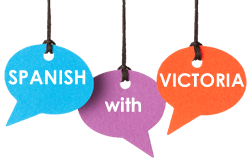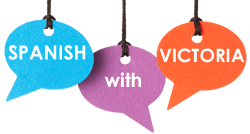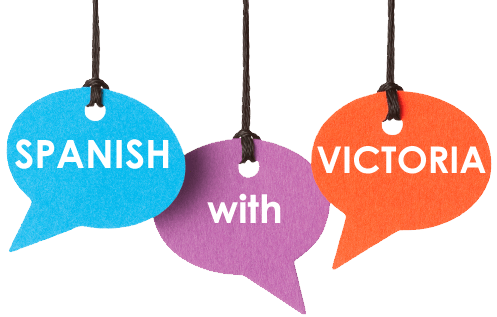METHODOLOGY
My methodology is based on Comprehensible Input. This means that the content of the lessons is understandable. Dr. Stephen Krashen has shown¹ we only progress in the acquisition of a language when we understand. If we do not understand what it is read or heard, our brain will ignore it.
We all acquire a foreign language like babies do, that is to say, in a natural way. This is due to the way the human brain works. There is a natural process that takes place in our brain when we are exposed to a new language, and we cannot skip that or ignore it.
Going back to the way babies acquire a language, they do not need lists of vocabulary, grammar books, or a strict organization of verb tenses. They only need to understand the message, and for the content of the message to be interesting and relevant to them.
For instance, a baby would not care about comments on inflation or economics, but they would always love a story, an anecdote, an interaction and communicative situations which engage them and mean something to them. We are the same. We get engaged when the topics match our interests.
How do I present this Comprehensible Input?
First by means of listening to content which is understandable, interesting, and rich to my students. As a teacher, it is my responsibility to make myself understood by using an adapted language, gestures, photos, videos, audios… so that Spanish goes in the students´ head in a natural way.
That is why my lessons are almost 100% in Spanish and easily followed.
Secondly by reading. I will guide the student into reading, which is essential to get to know the Spanish words and spelling and to enrich vocabulary. Again, the topics will be interesting and relevant to students’ interests. Thus, we stay focused and amused.
Listening and reading a considerable number of texts will enable us to start producing written and oral messages. Never under pressure or rushed! These skills will be coming along naturally, just like a baby starts communicating after being exposed enough to the language.
In the first stages of our Spanish courses, the emphasis will be on listening and reading comprehensible input and, as we progress, a balance will be established between the four language skills: reading, listening, writing, and speaking.
Then will I acquire Spanish as slowly as a baby? NO. As grown-ups, we can speed up our acquisition of the language by exposing ourselves to Spanish experiences like watching films with subtitles, songs, YouTube videos of our interests, reading adapted novels and texts, visiting Spanish speaking places, and certainly with some professional help!
As a mother of a bilingual child, I can guarantee 100% all this. I never used a grammar book, lists of vocabulary nor controlled what verb tense I used to communicate with my chid. I only made sure my child was following me, was understanding me, and was enjoying what I was communicating.
As a language learner myself, I can share that my present acquisition of the French language is completely natural, and my level has sped up very fast while I am really enjoying the process. Why? Because my brain does the job for me: I have stopped punishing myself with repeated grammar exercises, lists of vocabulary, memorization of dialogues, etc. which are out of context and are not meaningful to me. I have realized that our brain does not use its full potential at all with this method.
Does this mean that no grammar at all is required to improve the acquisition of Spanish? NO. Grammar is always welcome but in a given context and with a meaningful message for the students. If we focus on grammar exercises, we end up knowing a lot about how the language works but we do not use the language itself properly in communicative situations.
1) for example, see: sdkrashen.com/content/books/the_natural_approach.pdf


